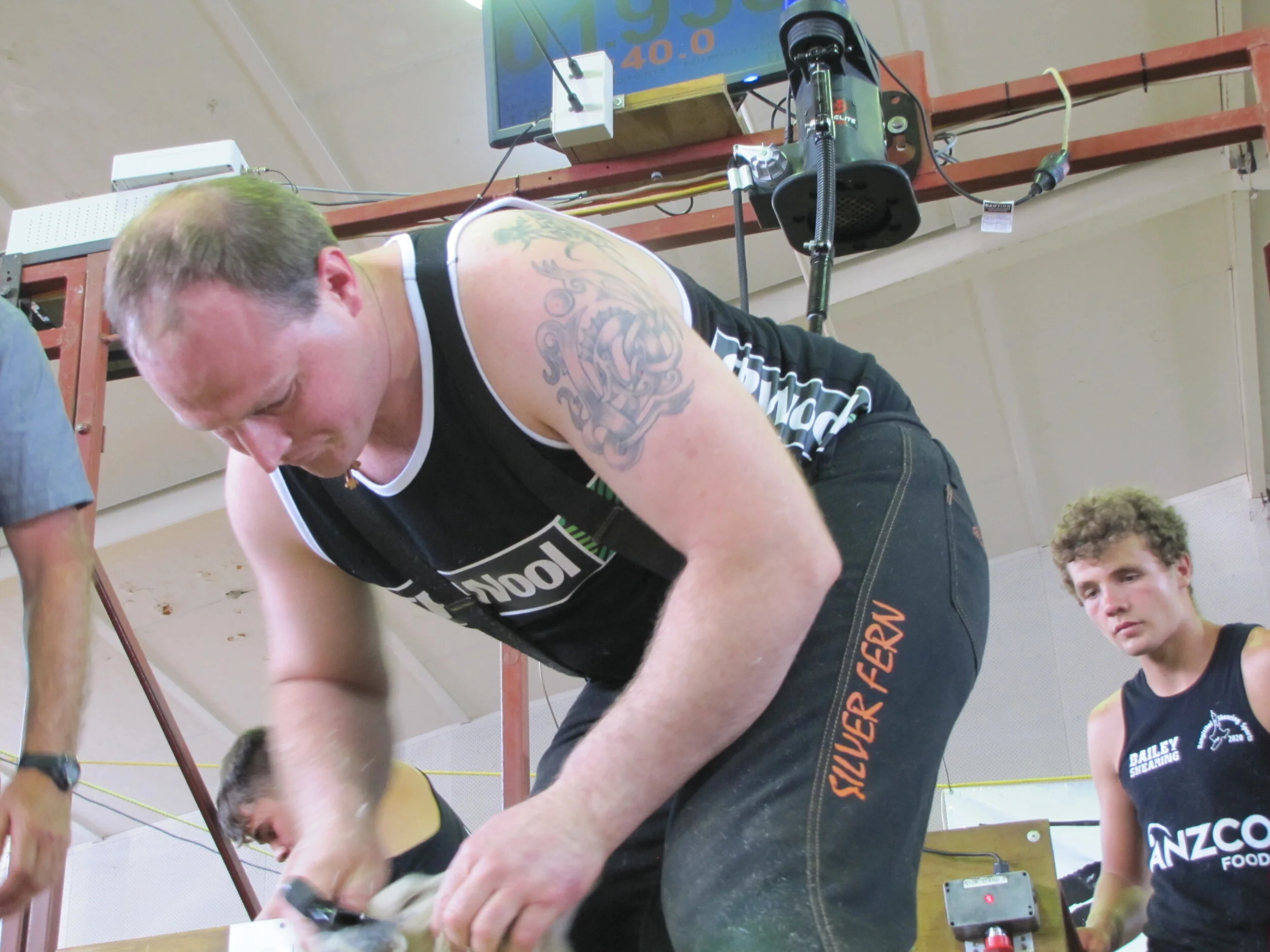Scanning the brain to understand stuttering – new study
Senior Lecturer Dr Catherine Theys of the University of Canterbury stands next to a study participant in an fMRI scanner.
There is no known cure for stuttering and other speech disorders such as dysarthria and apraxia of speech, but new research by a University of Canterbury (UC) academic involves scanning the brain to find out what causes speech production problems.
Dr Catherine Theys, a senior lecturer in UC’s School of Psychology, Speech and Hearing, has collaborated with researchers at KU Leuven (Belgium), the University of Toronto (Canada) and the University of Otago on the paper, Brain activation during non-habitual speech production: Revisiting the effects of simulated disfluencies in fluent speakers, which has been published today [1 Feb] in the scientific journal PLOS ONE.
She believes that understanding the neural basis of speech production problems will lead to effective and personalised treatment approaches.
“My research in the Speech-Language Neuroscience Lab at UC focuses on how we produce speech, and what happens at the level of the brain when people have speech difficulties, especially in people who stutter. I work with people who started to stutter as a child, but also with adults who started to stutter following brain injuries or neurodegenerative diseases.”
Using fMRI scanners, Dr Theys’ studies aim to identify differences at the level of the brain that cause stuttering.
“This knowledge helps us to create better ways to assess and treat speech disorders. This is important because being able to communicate effectively has a hugely positive effect on health and wellbeing.”
For the study, researchers scanned the brains of fluent speakers and looked at what happens when asked to change the way they normally speak.
“This helps us to understand the brain networks that we use to produce speech. It also helps us to understand what happens when we ask people to change the way they speak during speech treatment, for example by asking people to speak slower, or stutter voluntarily,” Dr Theys says.
“We asked our participants to repeat the first letter of a word. This is a type of disfluency that is typical in the speech of people who stutter. Interestingly, speaking in this new disfluent manner led to increases in activation in the brain networks we use to produce speech. This included brain areas responsible for the planning and starting mechanisms of speech, and also areas that monitor your movements to detect errors. This information is valuable to help us identify the causes of speech production problems, and help us to develop better treatment approaches for people with speech disorders.”
This study on the effects of non-habitual speech production is important as it shows what is happening in our brains when we produce speech in a novel manner, Dr Theys says.
Changing someone’s speech pattern is a tool that is often used during the assessment and treatment of people with speech disorders, including stuttering, dysarthria and apraxia of speech, she says. These speech disorders can be developmental, but also affect people following stroke, traumatic brain injury, or neurodegenerative diseases such as Parkinson’s disease.
“Having speech production problems can have a big impact on the health and wellbeing of the speaker, but also on their whānau. Understanding the changes in brain functioning that cause these speech problems will help us to create more efficacious and efficient treatment approaches for these people.”
ENDS
















Lisa was born in Auckland at the start of the 1970s, living in a small campsite community on the North Shore called Browns Bay. She spent a significant part of her life with her grandparents, often hanging out at the beaches. Lisa has many happy memories from those days at Browns Bay beach, where fish were plentiful on the point and the ocean was rich in seaweed. She played in the water for hours, going home totally “sun-kissed.” “An adorable time to grow up,” Lisa tells me.
Lisa enjoyed many sports; she was a keen tennis player and netballer, playing in the top teams for her age right up until the family moved to Wellington. Lisa was fifteen years old, which unfortunately marked the end of her sporting career. Local teams were well established in Wellington, and her attention was drawn elsewhere.